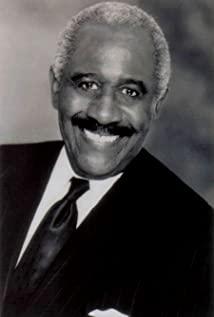Filmmakers don't always follow the standard sound rating, and some people try to avoid it.
"Nashville" has innovative recording techniques, subverting the tradition of sound dominance, leading the trend of multi-channel and multi-track recording.
The film does not use boom microphones, but uses wireless microphones. Each actor has a microphone on his body, and their voices are then transmitted to a recording receiver.
During the mixing process, Ultraman wanted to make a lot of sound, just like a person can hear in a noisy room. Many actors speak at the same time, the dialogue is multi-layered, and the words overlap each other. In addition, the wireless microphone can record environmental sounds that cannot be captured by ordinary recording techniques, such as the rustling of clothes. Therefore, the final mix is extremely rich, revealing different aspects of the sound, and the voice of a person's individual character will not override other sound elements in the scene. The sound mixing of the film achieves the same effect as the picture, that is, many things happen at the same time.
Such an approach will surprise the audience and critics at the time. After all, they are more accustomed to the traditional sound classification system-after all sound elements are adjusted and balanced, the speaker alone is given a dominant position in the mix. Although Ultraman’s films shot in the early 70s are quite controversial, its multi-track recording technology has now become a tradition in filmmaking, even though most films do not pursue high-density sound like him.
View more about Nashville reviews











